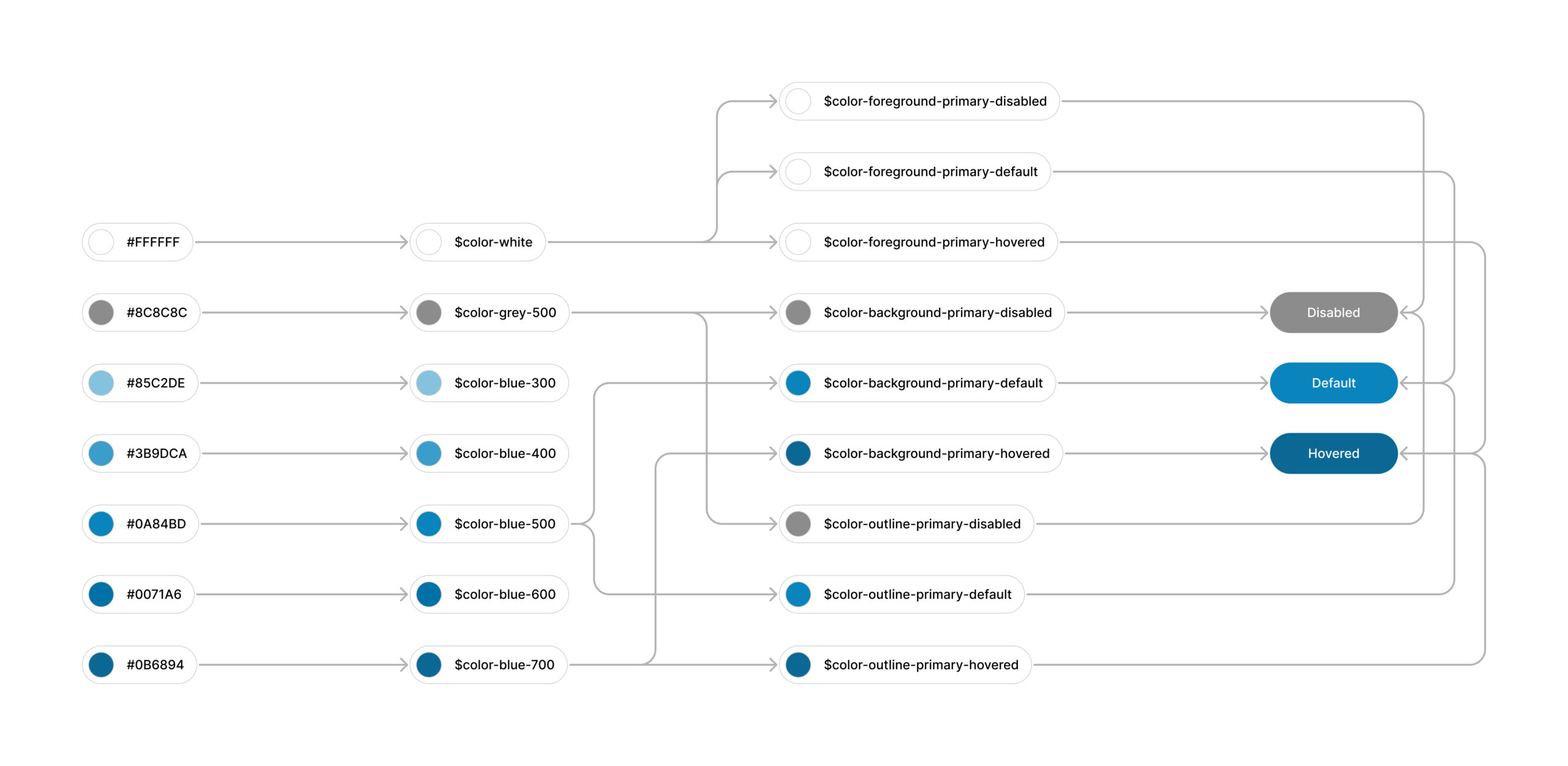In the world of design systems, tokens play a crucial role in maintaining consistency and scalability across various components and interfaces. However, simply having a robust token system is not enough; it’s essential to have a well-defined naming convention for those tokens to ensure maximum efficiency and collaboration within the team.
Consistency: The Cornerstone of Design Systems
One of the primary goals of a design system is to establish a consistent visual language across all digital products and platforms. A naming convention for design tokens ensures that everyone involved in the development process, from designers to developers, understands and utilizes the tokens in a coherent manner. This consistency not only enhances the user experience but also streamlines the development process, reducing the time and effort required to maintain and update the design system.
Maintainability: Keeping Your Design System Future-Proof
As design systems evolve and grow more complex, maintainability becomes a critical factor. Descriptive and logically structured token names make it easier to understand their purpose and application, facilitating the maintenance of the design system over time. Developers and designers can quickly comprehend what each token represents and how it should be utilized, minimizing the risk of introducing inconsistencies or errors.
Scalability: Embracing Growth and Complexity
Design systems are meant to scale and accommodate new components, patterns, and functionalities as product requirements evolve. A well-defined naming convention helps maintain the organization and structure of tokens, enabling the design system to adapt and grow efficiently. As new elements are introduced, they can seamlessly integrate into the existing system, ensuring a cohesive and consistent experience for designers and developers alike.
Collaboration: Fostering Teamwork and Communication
In today’s collaborative development environments, clear and established naming conventions facilitate effective communication and collaboration among teams and individuals. Everyone involved can accurately and consistently refer to tokens, reducing confusion and misunderstandings. This shared understanding fosters a more productive and efficient workflow, enabling teams to focus on delivering high-quality products rather than deciphering ambiguous token names.
Automation: Streamlining Processes and Workflows
Many development and design tools and processes rely on the ability to analyze and process token names in an automated manner. A well-structured naming convention facilitates integration with these tools and processes, allowing for a more efficient and automated workflow. From generating documentation to performing automated tests, a consistent naming convention ensures that tools can accurately interpret and manipulate tokens, saving valuable time and resources.
In conclusion, establishing a clear and consistent naming structure, teams can create a robust and scalable design system that promotes consistency, maintainability, collaboration, and automation. Ultimately, this approach leads to more efficient development processes, improved user experiences, and a future-proof design system that can adapt to the ever-evolving needs of digital products and platforms.
